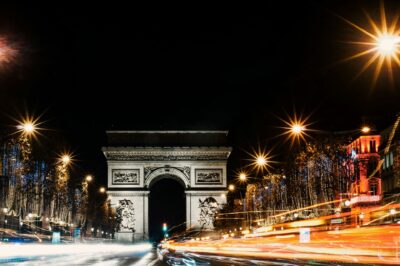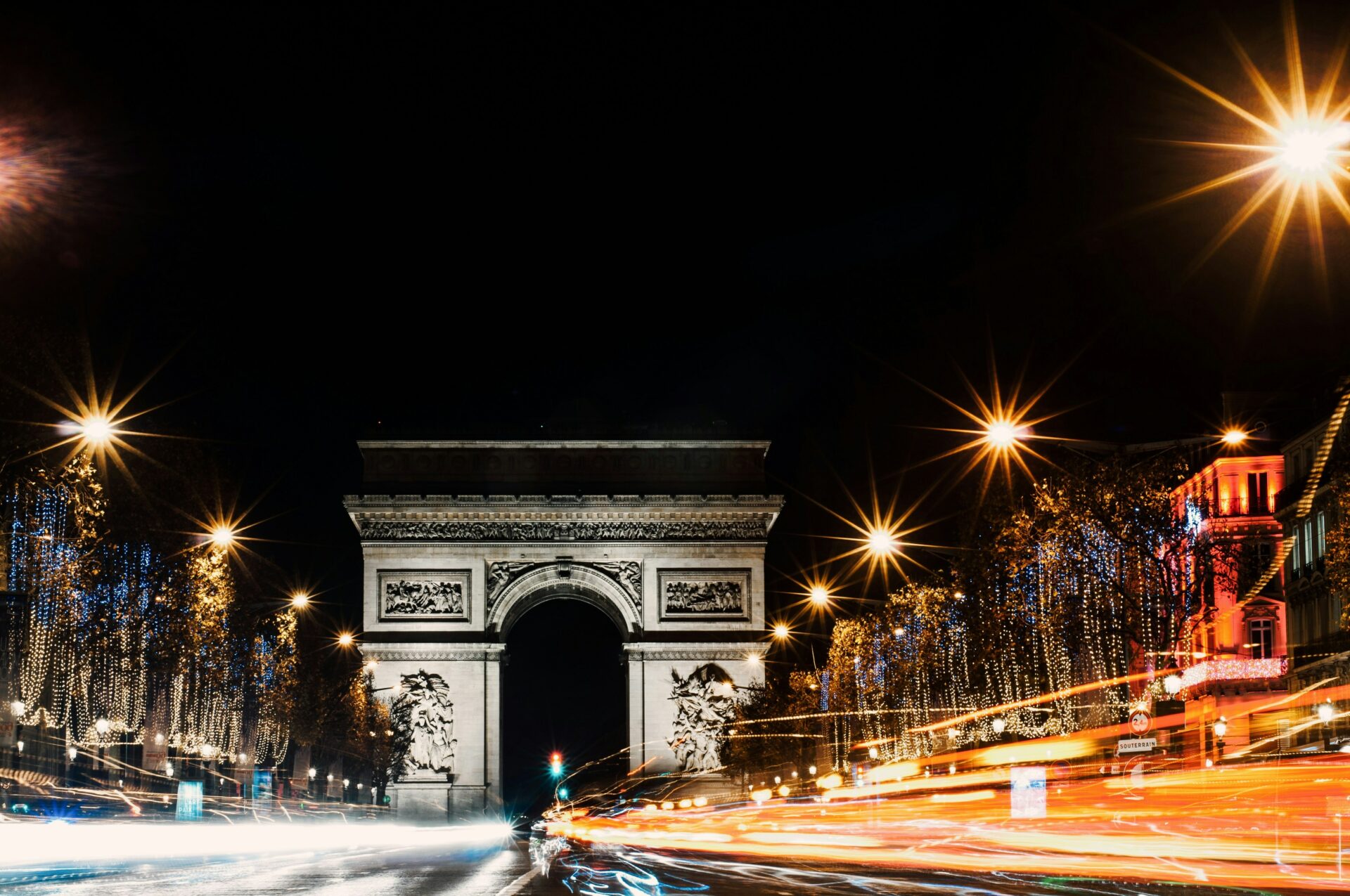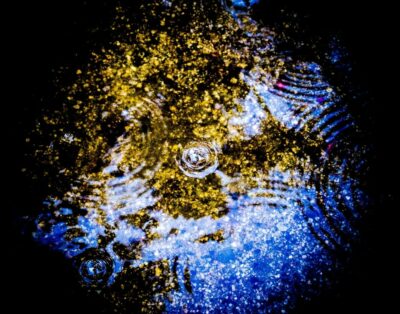Every year, the Champs Elysées committee illuminates the famous avenue using electronic devices. Having noticed that the Lindt chocolate company had organized a promotional campaign in late 2019 using a representation of the illuminations presented from 2014 to 2017, the committee sued Lindt for infringement of its copyright.
The main subject of the dispute was whether the illuminations could be qualified as a work of the mind and whether they were indeed reproduced in Lindt’s communication.
The committee defended an original composition, a customized arrangement of LEDs creating a pictorial dynamism, the repetition of the same composition and positioning throughout the perspective, the whole giving the impression of an avenue lined by champagne flutes with rising, fairy-like bubbles.
The Court recognized that “ascending bevelled LED garlands constituting public lighting, vertically enveloping the trees on either side of an avenue, with pure white sparkling LEDs at the end of the path, insofar as they give the homogeneous impression that an avenue is traversed, on either side, by Champagne flutes topped with foam” are elements of expression establishing the existence of an original work bearing the personality of its author.
However, the Court found that the original characteristics of the work were not reproduced in the advertisement, which depicted some fifteen trees with a blurred appearance. The view of these trees only appears on a tiny part of the screen, looking very distant and marginal in relation to the two main elements, which are the chocolate boxes and the Champs Elysées.





